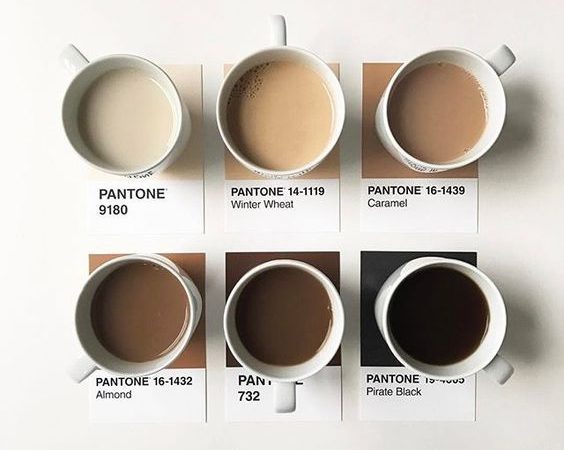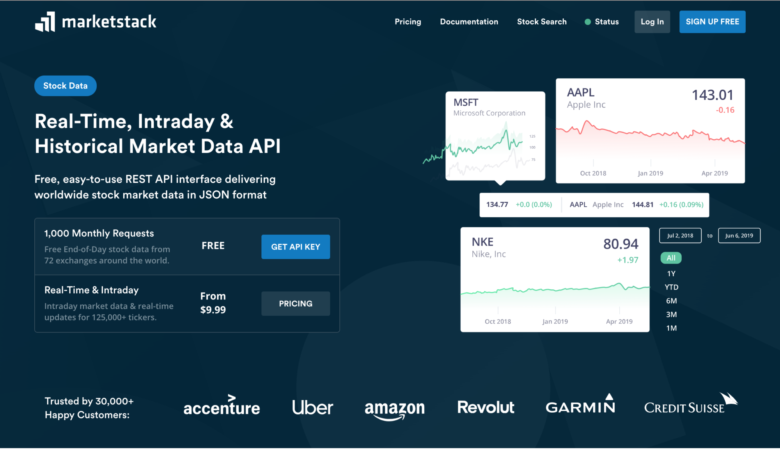The first step of the design process for every designer should be research. The research process is especially important for website and user-interface design, although it is often overlooked. This may be due to time constraints, bosses or clients who are ignorant of the design process or think it is unimportant, or it could be out of just plain laziness. Sadly, design research is often set aside because nothing tangible is seen to come from it, like a wireframe or a mockup, even though research always helps to create a better end result.
One of my favorite research strategies and the one that we’ll be focusing on for this article is that of persona creation. Personas are fabricated models of a typical end user. They are developed through the traditional research process and created as a way to put yourself into the mindset of the end user in an attempt to create something user-based, which is an extremely important focus when working on something interactive. Too often, web developers and designers just try to create something that works and looks decent instead of thinking about the thoughts, feelings, behaviors and overall intention of the users that visit their website.
How to create a persona:
Personas can be created by looking at other market and demographic research you may have already done. Using demographics to create the idea of a typical user is often a good first step. Put together several different ideas about the motivations and characteristics of that person and why they might visit your site. Below are a couple of sample personas that I created for the most likely types of visitors to my personal portfolio website based on previous research gathered from google analytics.
Persona #1: Tim
- Small business owner
- Lives in rural area, often hires telecommuters
- Moderately web savvy, uses the web to access news and some banking, email, etc.
- Needs to find a freelance designer, doesn’t want to invest a lot of work into finding their work
- Online payment is the best option since he lives far away from potential workers
Persona #2: Lisa
- Owns a graphic design business
- Very web savvy, designs websites
- Looking for possible employees
- Needs a quick way to contact the designer
Persona #3: Jeff
- Design student
- Quite web savvy, uses the Internet often
- Reads design blogs and looks at other portfolios for inspiration
- Short attention span, needs to capture their attention immediately
As you can see, personas can help you map out an idea of the motivations of potential visitors to your site. For me, I thought of three different types of people who might want to view my site, potential clients, employers, and fellow students. This allowed me to tailor fit both the design and content for those types of users. I designed a very basic, clean and responsive site that will allow users to access my personal information and portfolio quickly on any device.
This technique of creating a fictional end user can apply to all kinds of website but are particularly useful for e-commerce based websites. Imagine that you are designing a site that sold baby clothing, the personas would probably reflect the personalities of new parents, grandparents, and friends of the family looking to buy gifts for the baby. How easily could the average twenty-something mom or dad navigate through your site? What colors might appeal to them? Are they savvy enough to navigate the checkout system?
These are questions that should always be asked when designing, but attaching a persona to it helps to add a realistic face to the end of those questions. Think about how your own family or friends would navigate and use the site.
While setting up personas can add a lot of time to the design process, it can also be very valuable in the long run. The ability to predict the behavior of end users provides us with the insight to be able to design it right in the first place.








Interesting take on online branding. I do agree that this is a good tool for kicking off the design process. Here at DesignPax we like to start customer projects by discussing a lot of these points. The process is similar to building a character in a book – and I think this is important so small business owners can feel like they themselves are a separate identity from their business and can enjoy a personal life as well as a professional one. Good stuff.
That’s a really interesting point about how it can be good to use personas to separate yourself or your client from their profession. Often times, that can be the best design research tactic is being able to view something from a different perspective.
I think this article highlights a very common design flaw. All too often, websites in particular, are designed as a reflection of the personality of the business owner – or worse, the designer. As is true in all commercial enterprises, the most important person involved is the “customer.” Understanding who this customer is and what their motivations are, is crucial to good design. Thanks for the reminder – and in such a succinct and lucid article.
Interesting take! An unprofessional designer will surely confuse between business and the owner, which by the way are two different entities. However, a professional designer for sure will keep this aspect in his mind while designing his strategy. Characterization of end-users is a very good idea in revitalizing the long gone designing strategy. Creation of personas may take time and bit of your creative brain too but on a long run it is really a great strategy to reckon.
Really nice article…I like these descriptions and the impression..Thanks for sharing…
Something I need to look into – lots of different personas visit my art site!
This article was a perfect explanation of persona creation. As a student, this article really helped me figure out my target audience and how to design a good user experience. Many of my teachers say to design for the users and I think this article clarifies how to find what your user is like.
Great write up Jesse! I totally want persona people sketches now. As a designer it’s sometimes so hard not to dive right in to the layout and look/feel of a site. Definitely adds great perspective and establishes success for a project early on.
So, you guys only accept “THAT IS AWESOME YOU CHANGED MY LIFE” posts? Thats it?
What I posted earlier, I did so we could start a deeper conversation about the subject. Shame on you guys.